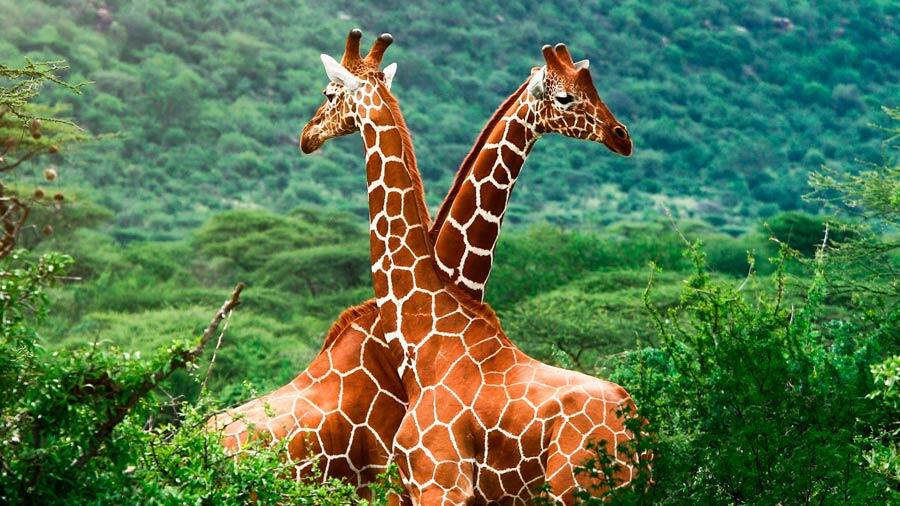Genetic analysis of the nine subspecies of giraffes, belonging to the only species known to date have revealed that there are four distinct groups actually. The finding has major implications for the conservation of this emblematic African animal.
Unlike other large mammals such as elephants, rhinos, gorillas and lions, giraffes research has been relatively scarce.Although Red List of the International Union for Conservation of Nature (IUCN) listed as least concern, the animal suffers a dramatic decline in their populations, which have risen from 150,000 individuals to just over 100,000.
In this situation, the researcher Julian Fennessy, co-director of the Giraffe Conservation Foundation in Namibia, made contact with Axel Janke, a geneticist at the Senckenberg Research Institute in Frankfurt (Germany) for genetic giraffes tests, understand the similarities and differences between the nine subspecies known so far and if they were mixed by past translocations. The results would improve these movements between parks or other protected areas.
But the first analysis of genetic markers of mitochondrial DNA revealed a surprising number of genetic differences between the alleged nine subspecies belonging to one: Giraffa camelopardalis. “Dr. Janke had rarely seen this differentiation within a species and this intrigued me,” confesses Sinc Fennessy.
According to the scientist, genetic differences between some of these subspecies were even greater than those between polar bears and brown bears. The scientists decided to expand research and analyzed DNA from skin biopsies from 190 nine subspecies of giraffes previously known across Africa. The findings, published in the journal Current Biology, show that there is not a single species of giraffe, but four.
“This surprised us because the morphological and pattern of the coat between giraffes differences were limited,” says Janke. Although there were differences in the number and size of osiconos (like structures horns), scientists had assumed that their ecological requirements were similar even in different territories, but “nobody knew anything really, because the megafauna had been ignored by the science, “says the researcher.











